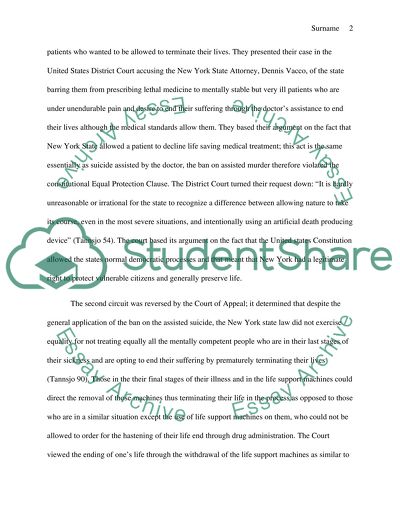Cite this document
(“Vacco vs. Quill Research Paper Example | Topics and Well Written Essays - 1250 words”, n.d.)
Vacco vs. Quill Research Paper Example | Topics and Well Written Essays - 1250 words. Retrieved from https://studentshare.org/history/1450682-vacco-vs-quill-case-research
Vacco vs. Quill Research Paper Example | Topics and Well Written Essays - 1250 words. Retrieved from https://studentshare.org/history/1450682-vacco-vs-quill-case-research
(Vacco Vs. Quill Research Paper Example | Topics and Well Written Essays - 1250 Words)
Vacco Vs. Quill Research Paper Example | Topics and Well Written Essays - 1250 Words. https://studentshare.org/history/1450682-vacco-vs-quill-case-research.
Vacco Vs. Quill Research Paper Example | Topics and Well Written Essays - 1250 Words. https://studentshare.org/history/1450682-vacco-vs-quill-case-research.
“Vacco Vs. Quill Research Paper Example | Topics and Well Written Essays - 1250 Words”, n.d. https://studentshare.org/history/1450682-vacco-vs-quill-case-research.


